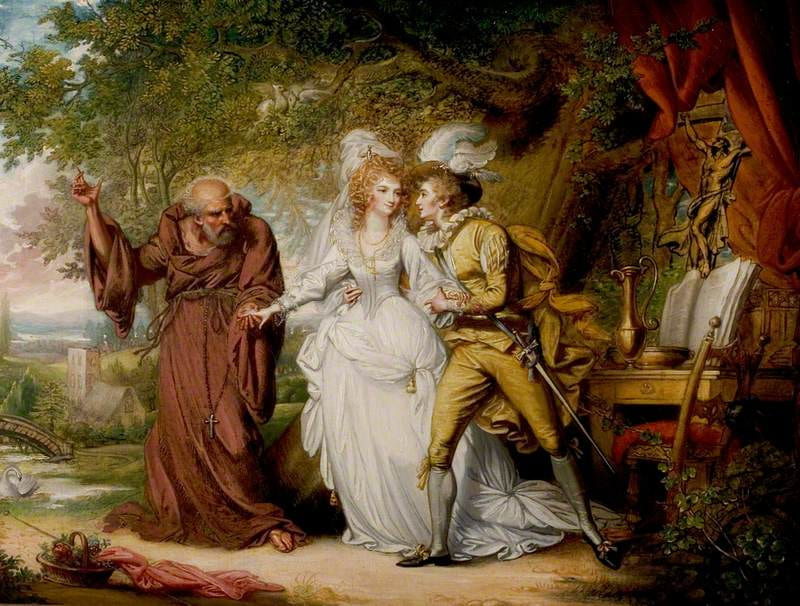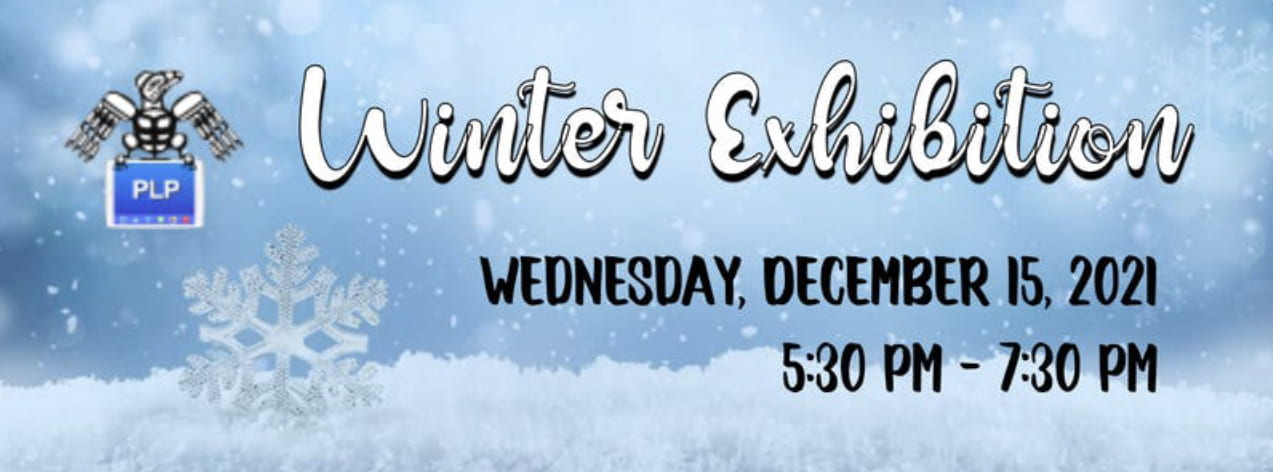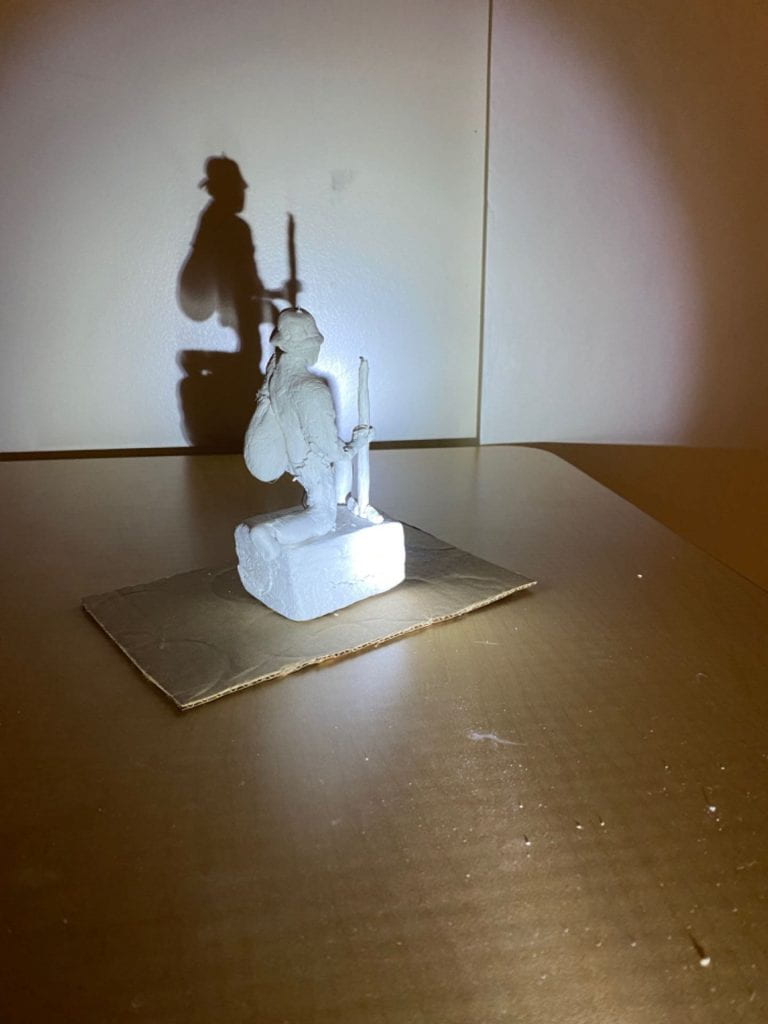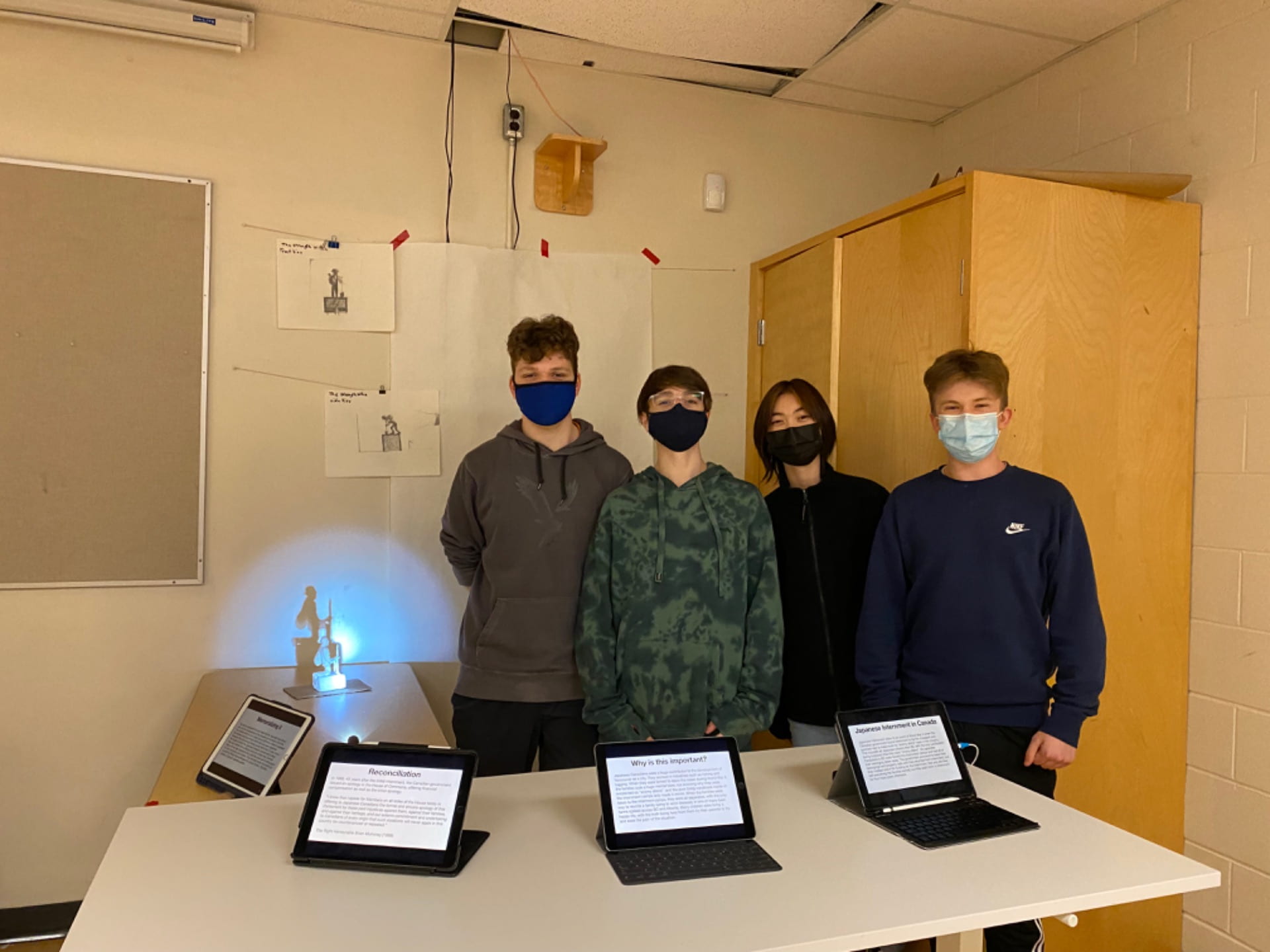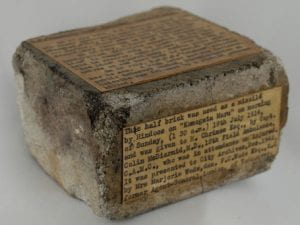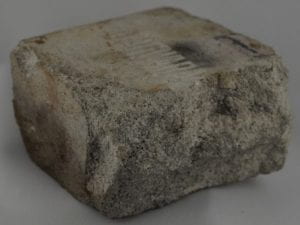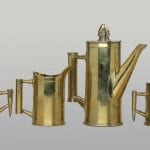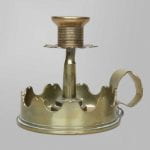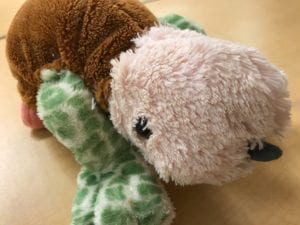Hello and welcome back to my blog. In this post I am going to be talking to you about our recent project on WWII. In this project we got to select a subject from WWII that we could connect to the book that we read for class. I Read the book Salt to the Sea by Ruta Sepetys, and my subject of choice was Unit 731, a Japanese biological and chemical warfare research station located in China.
You can listen to all of the episodes of the podcasts here. An episode will be released each day for the next couple of weeks. Stay tuned for episode 16! (Thats mine)
We started this project by looking at some of the causes of WWII. Some of these were directly linked back to WWI and the sanctions that were put on against Germany after the war had ended. I think that learning about the causes of an event of such scale is important because we can recognize patterns that are similar in real life events like the current situation in Ukraine. If you try to connect the start of WWII and the current Russia-Ukraine conflict I’m sure you could find many similarities. I think that if the nations involved fail to play their cards right, we man face the start of WWIII.
You can read more about the current status of the conflict at NBC news here.
We then began reading through our book with our group, and had regular book chats that sparked meaningful and thoughtful conversations about the topics of each book. As I mentioned earlier, my book was Salt to the Sea by Ruta Sepetys. The book follows a group of refugees from countries affected by the war and their individual stories. The main event of the book is a fictional representation of the Wilhelm Gustloff, an event of a ship sinking during WWII that was more deadly than the Titanic, but is still unknown to the majority of people. It tells the consequences of WWII by transporting the reader to the future at the end of the book and describing the fate of one of the main characters in a letter to a different character from the book. It describes how the war took many lives, innocent and military, indiscriminately.
We then chose a topic from WWII (I chose Unit 731) and made a podcast episode which will be airing daily starting March 13th. My podcast was on Unit 731, a very unethical biological and chemical warfare “research” station run by a man by the name of Shiro Ishii, located strategically in China for easy access to new test subjects. The acts that were committed at Unit 731 are absolutely disgusting. They experimented on, raped, and tortured innocent prisoners from China and Russia in order to “research” the effects of various pathogens and injuries. These include blood loss (limbs were severed), having severed limbs reattached to the opposite side of the body, freezing of body parts and thawing to study frostbite and gangrene, or surgery. All of these operations would be conducted without any anaesthesia of any kind to “prevent disruption of test results”. If you find this topic particularly interesting, you can find my podcast episode on it in the Hidden Chapters of WWII podcast Ep. 16: Unit 731.
How might we use stories to understand the causes and consequences of WWII?
My topic of Unit 731 can display the causes and consequences of WWII from the perspective of Japan by demonstrating the reasons Japan joined the war i.e. prejudice the Imperial Japanese felt at the time against most of the world at the time, and pressure to compete with military strength. And the consequences being the many lives that were unrightfully sacrificed and defiled by the “pursuit of science”. Understanding these things and why they happen is important because it allows us to spot them while they are growing in our lives and stoop conflicts and issues, whether you’re having a squabble with a neighbour, or you become the leader of a country.
Thank you for coming to my TED talk.
Keenan, out.
